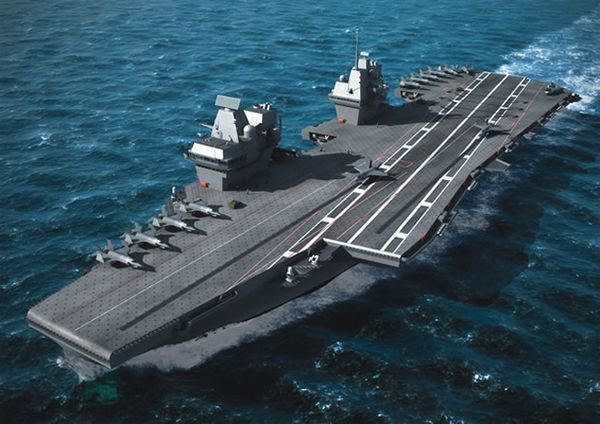The Indian Navy could easily be the coolest and classiest of armed forces in the world. And today, as we celebrate Indian Navy Day, we want to ensure that we’re all as thankful for India’s first coastal defence line, as they are amazing. Here are 22 interesting facts about our real life superheroes of the seas that defend our coasts and make us proud everyday.
1. Originally called the Royal Indian Navy, our supreme naval branch of the armed forces of India was founded in 1612 by the East India Company and renamed the Indian Navy on 26th January, 1950 after independence.
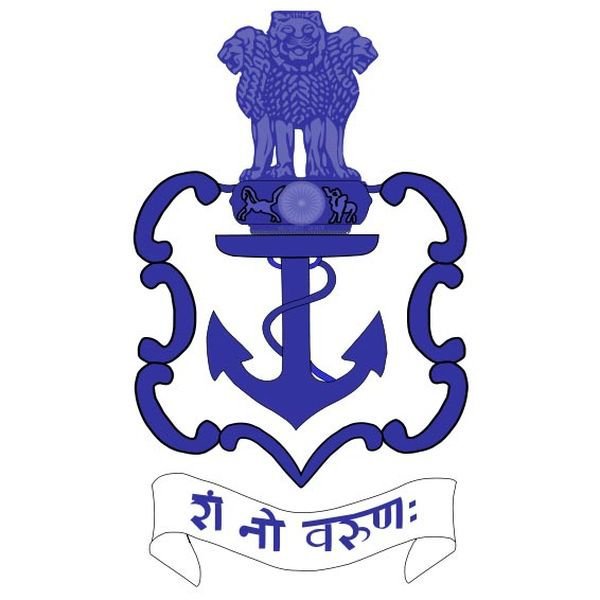
2. Navy Day does not commemorate the day the Indian Navy was founded. Rather, it is the day the Indian Navy successfully executed Operation Trident, an attack on Pakistani Naval Headquarters in Karachi.
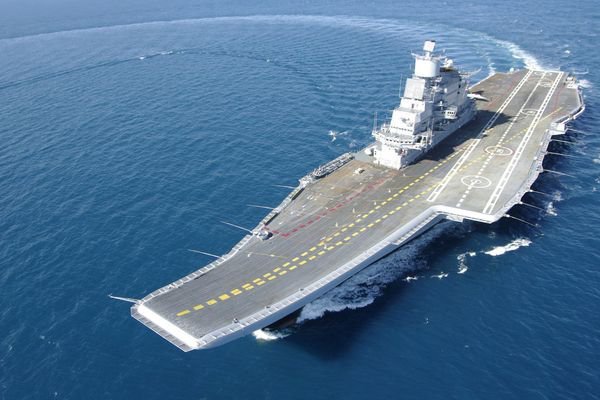
3. The Indian Navy’s first independent mission was against the Portuguese Navy during the liberation of Goa in 1961.
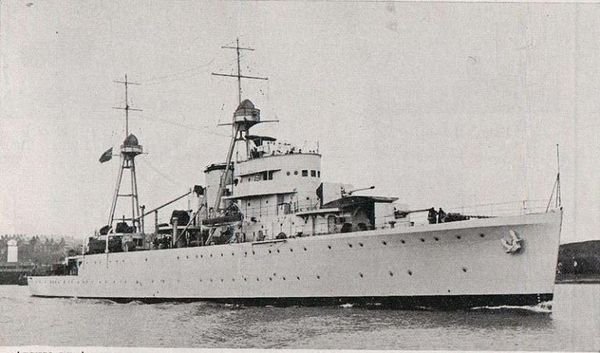
4. India’s naval forces played a key role in the Second World War .
A small fleet to begin with, the onset of the war led to an expansion in vessels and personnel described by one writer as “phenomenal”. The large number of Indian merchant seamen and merchant ships were instrumental in keeping the large stream of raw material and supplies from India to the United Kingdom open.

5. The Indian Navy fought one of the largest naval conflicts since the Second World War.
During the 1971 Indo-Pakistani war, the Indian Navy executed a blockade, carrier aircraft bombing missions and cruise missile strikes against land targets. Using anti-ship cruise missiles to destroy Pakistani oil tank farms was quite innovative for its time.
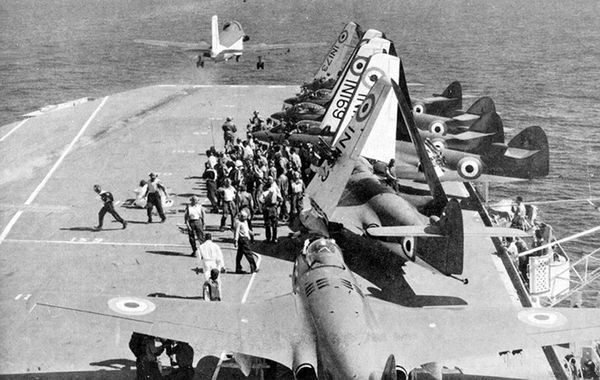
6. The Indian Navy is among the top ten naval forces of the world.
It is most commonly ranked as the 5th largest navy. As of 2015, the Indian Navy has a strength of 58,350 personnel and a large operational fleet consisting of two aircraft carriers , one amphibious transport dock , 9 Landing ship tanks , 10 destroyers , 15 frigates , one nuclear-powered attack submarine , 14 conventionally-powered attack submarines , 25 corvettes , 7 mine countermeasure vessels , 47 patrol vessels , 4 fleet tankers and various other auxiliary vessels .
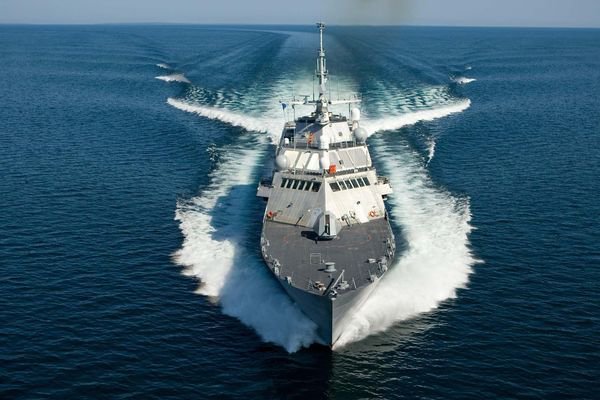
7. The missile BrahMos , is the fastest cruise missile in the world with a speed of Mach (ratio between the speed of the object and the speed of sound) 2.8 – 3.0.
It makes India the only country with supersonic cruise missiles in their army, navy, and air force.
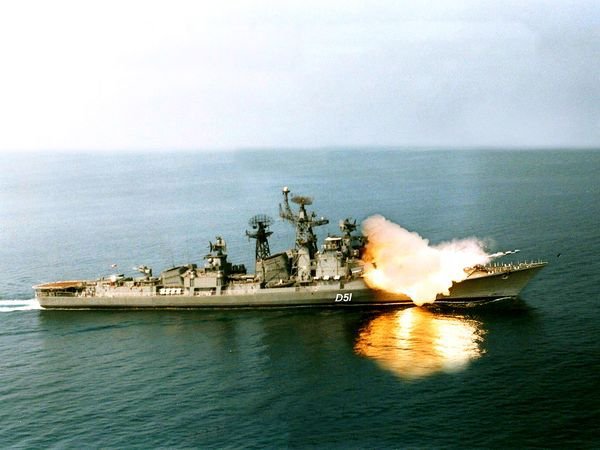
8. The Ezhimala Naval Academy in Kerala is the largest naval academy in Asia.
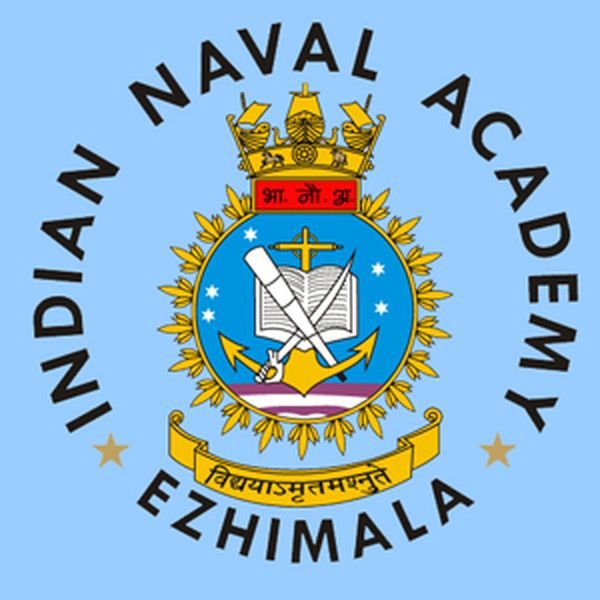
9. Chhatrapati Shivaji Raje Bhosale is considered as the Father of Indian Navy.
He built a strong naval presence across the coast of Konkan and Goa to protect sea trade.
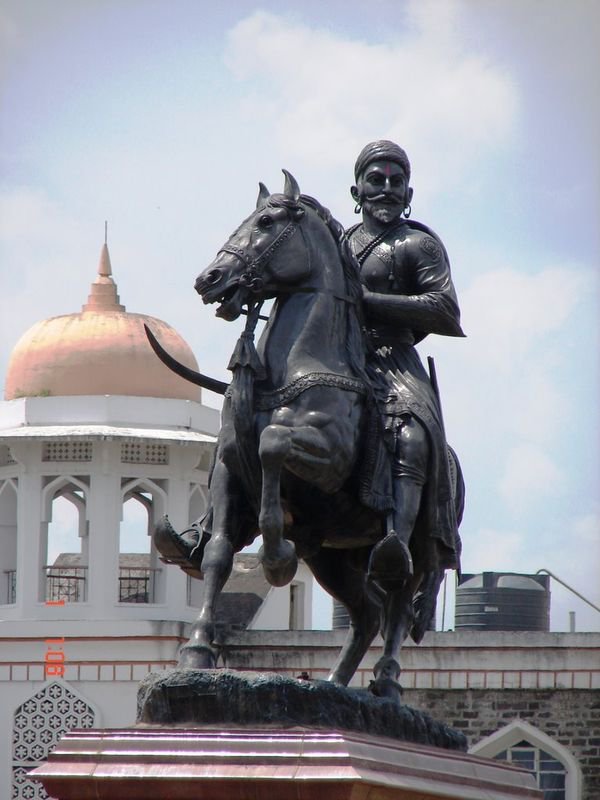
10. INS (Indian Naval Ship) Viraat was the navy’s first aircraft carrier and the oldest aircraft carrier in the world.
Our second aircraft carrier is the INS Vikramaditya. Additionally, INS Vikrant is the first aircraft carrier to have been manufactured in India.
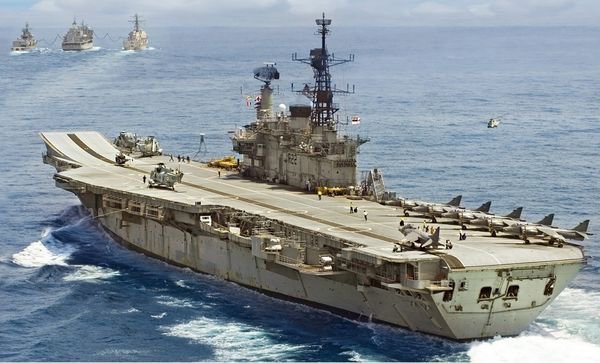
11. Most Indian Navy ships and submarines are now manufactured indigenously .
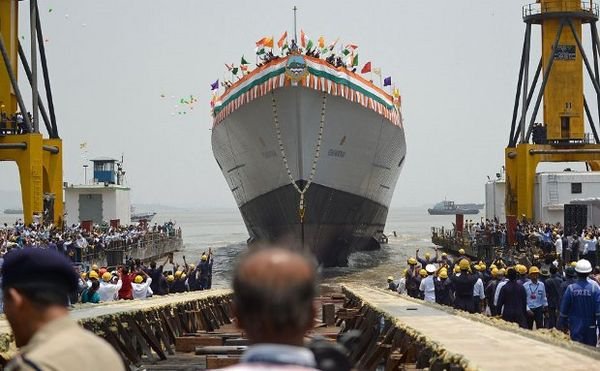
12. The INS Arihant is a 6,000 tonne vessel and the lead ship in India’s nuclear-powered ballistic missile submarines.
INS Arihant is the first ballistic missile submarine to have been built by a country other than one of the five permanent members of the United Nations Security Council .
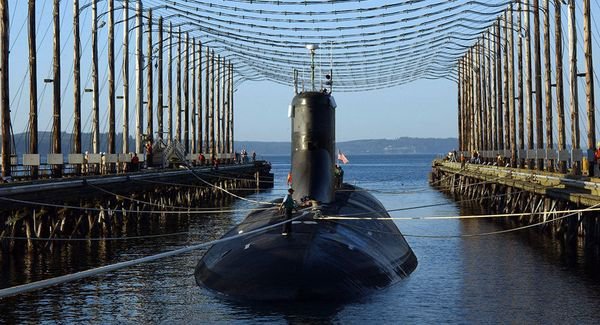
13. The Sagar Prahari Bal (SPB) formed in March 2009 after the 26/11 Mumbai attacks, is the unit of the Indian Navy responsible for patrolling India’s coastal waters.
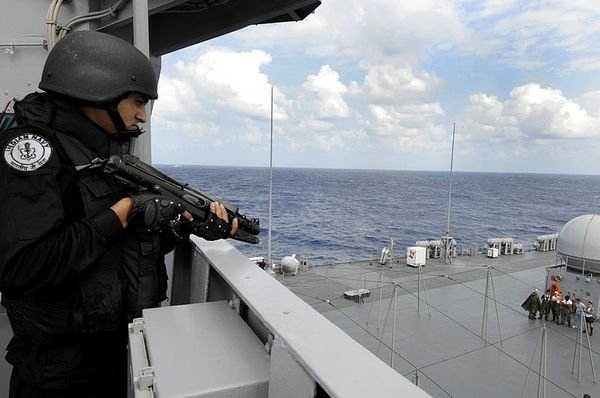
14. MARCOS or Marine Commandos, nicknamed magarmach, are the special operations (very secretive) unit of the Indian Navy.
They are widely feared by terrorists who call them ‘ Dadiwali fauj ‘ because of their bearded disguises in civil areas. They played a huge role during the rescue mission of the hostages during the 26/11 attacks of Mumbai.
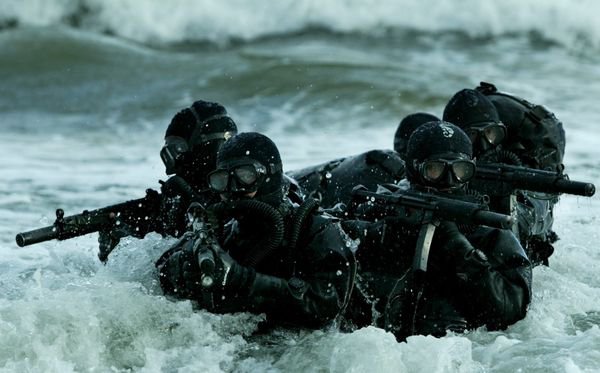
15. The MARCOS are given rigourous training that they can undertake operation on any terrain. They face a 90% drop-out rate during training and recruitment.

16. There are only two naval aerobatic teams in the world and one of them is our country’s navy. It is known as Saagar Pawan .
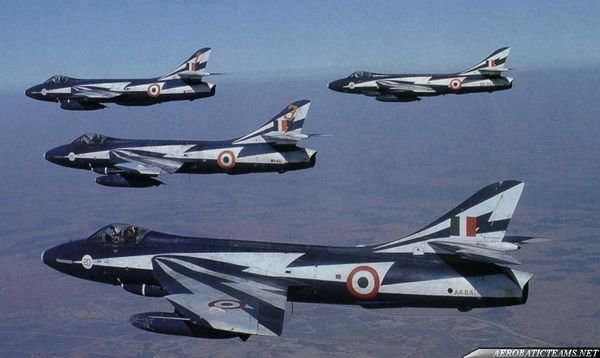
17. Indian Navy uses a multi-brand communication satellite called GSAT – 7.
It helps Indian Navy to acquire the blue water capabilities, which means an oceangoing fleet is able to operate on the high seas far from its nation’s homeports.
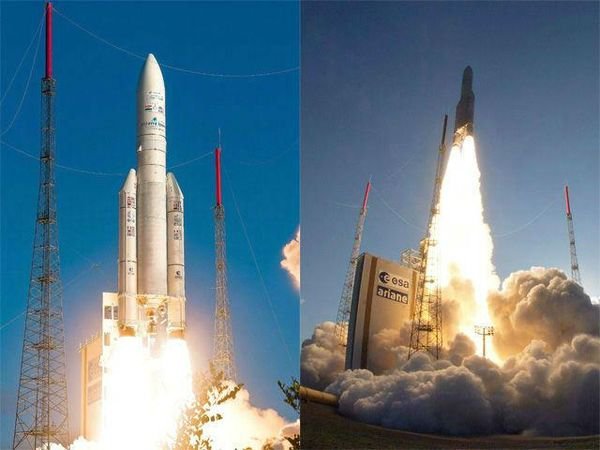
18. The Indian Navy has successfully completed an expedition to the North Pole and the South Pole.
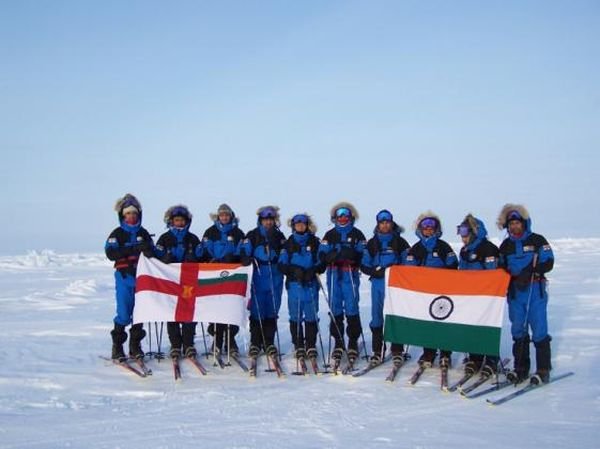
19. Indian Navy was the first navy to send a submariner on an expedition to Mt. Everest!
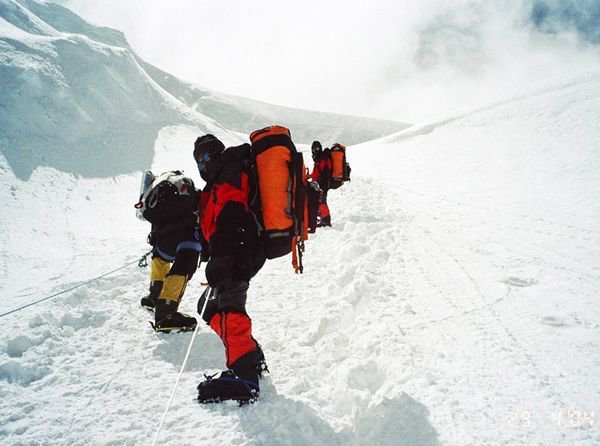
20. India also uses its navy to enhance the international relations by conducting frequent port visits and going on humanitarian missions like providing disaster relief.
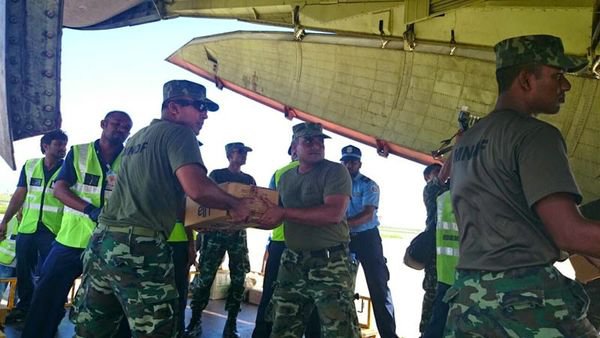
21. The current flag of Indian Navy incorporates St. George’s Cross design, a part of the Union Jack.
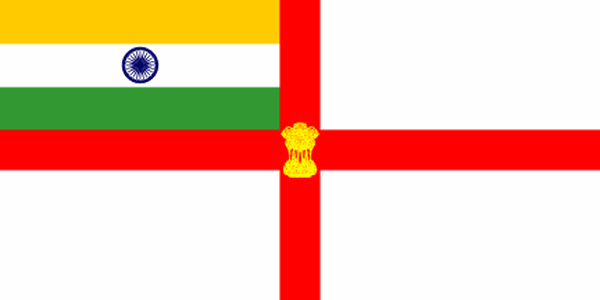
22. Indian Navy expects to be a force of 150 ships and 500 aircraft by 2027.
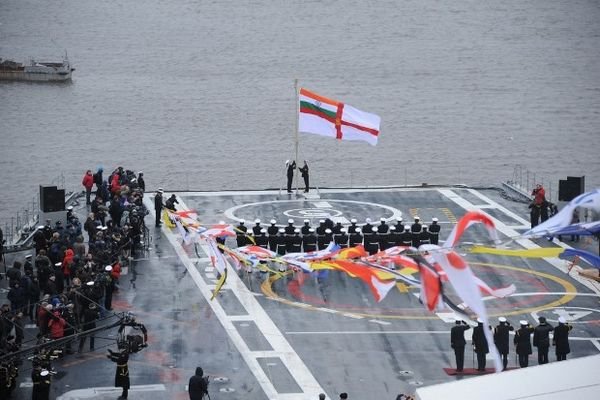
23. India will have its first supercarrier in INS Vishal by 2025.
